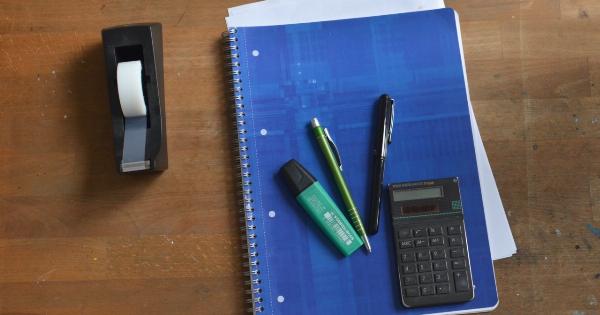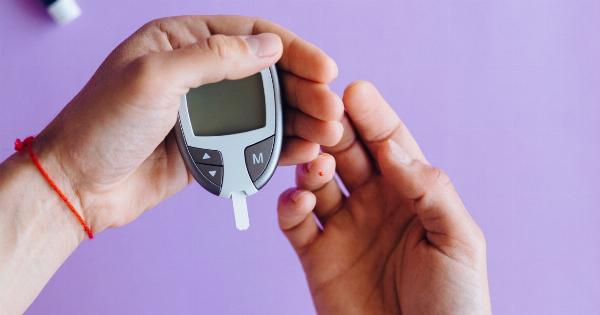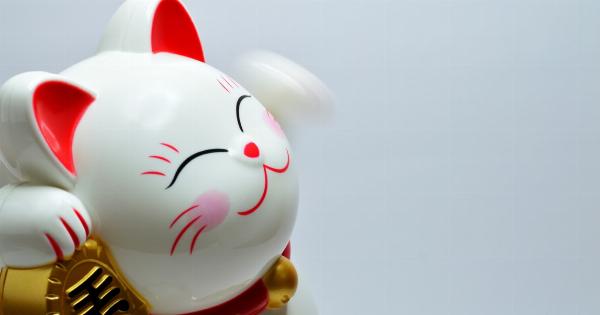Spasms, also known as muscle cramps or twitches, can be distressing for both parents and children. They can occur in various parts of the body, such as the legs, arms, or face, and often result from muscle contractions that are involuntary and sudden.
While spasms can be a common occurrence in children, there are several ways to manage and alleviate them. In this article, we will explore ten effective techniques to help parents mitigate their child’s spasms and improve their overall well-being.
1. Identify the Triggers
The first step in managing your child’s spasms is to identify the triggers that may be causing them. Keep a record of when the spasms occur and any preceding activities, foods, or stimuli that might be contributing factors.
This information will help both you and your child’s healthcare provider in developing a targeted treatment plan.
2. Maintain Hydration
Dehydration is one of the leading causes of muscle spasms, especially during physical activities.
Encourage your child to drink an adequate amount of fluids throughout the day, particularly before, during, and after exercise or prolonged periods of physical exertion.
3. Ensure Sufficient Rest
Rest plays a vital role in preventing and managing spasms. Make sure your child gets enough sleep and follows a regular sleep schedule. Adequate rest helps relax the muscles and reduces the likelihood of spasms occurring.
4. Stretching and Gentle Exercises
Incorporate stretching and gentle exercises into your child’s daily routine. Regular stretching helps promote flexibility, reduces muscle tension, and decreases the likelihood of spasms.
Consult with a physical therapist or healthcare provider to learn suitable exercises for your child’s needs.
5. Apply Heat or Cold
Both heat and cold therapy can provide relief from muscle spasms. Applying a heating pad or warm towel to the affected area can help relax the muscles and reduce spasms.
Alternatively, cold therapy, such as ice packs or cold compresses, can numb the area and alleviate spasms.
6. Massage Therapy
Gentle massage can help ease muscle tension and improve blood circulation, reducing the incidence of spasms. Use gentle, circular motions and apply moderate pressure to the affected area.
If possible, seek guidance from a professional massage therapist experienced in working with children.
7. Over-the-Counter Analgesics
In certain cases, over-the-counter pain relievers may help manage your child’s muscle spasms.
However, always consult with your child’s pediatrician before administering any medication to ensure it is safe and appropriate for their specific age and condition.
8. Maintain a Balanced Diet
A well-balanced diet plays a crucial role in preventing spasms. Ensure your child’s diet includes an adequate intake of calcium, magnesium, potassium, and vitamins.
These essential nutrients help maintain proper muscle function and reduce the risk of spasms.
9. Stress Management Techniques
Stress and anxiety can contribute to muscle spasms. Teach your child stress management techniques such as deep breathing exercises, mindfulness, or engaging in hobbies and activities they enjoy.
These techniques can help reduce overall stress levels and minimize the likelihood of spasms.
10. Consult a Healthcare Professional
If your child’s spasms persist or are accompanied by concerning symptoms, it is essential to consult a healthcare professional.
They can conduct a thorough examination, identify potential underlying causes, and recommend appropriate treatment options.






























